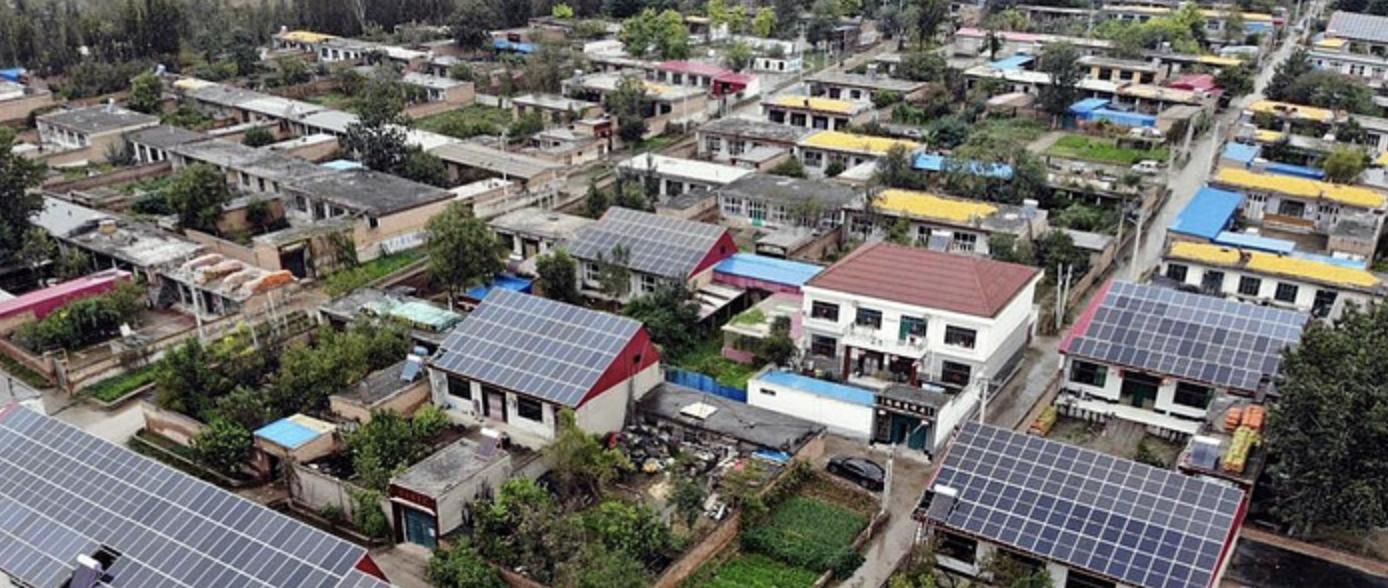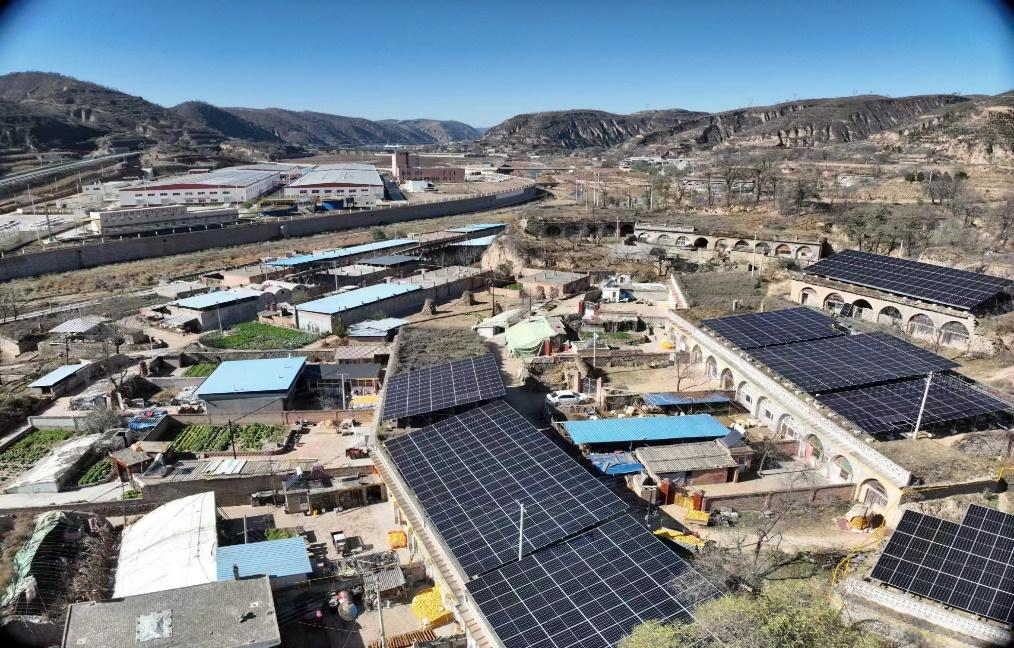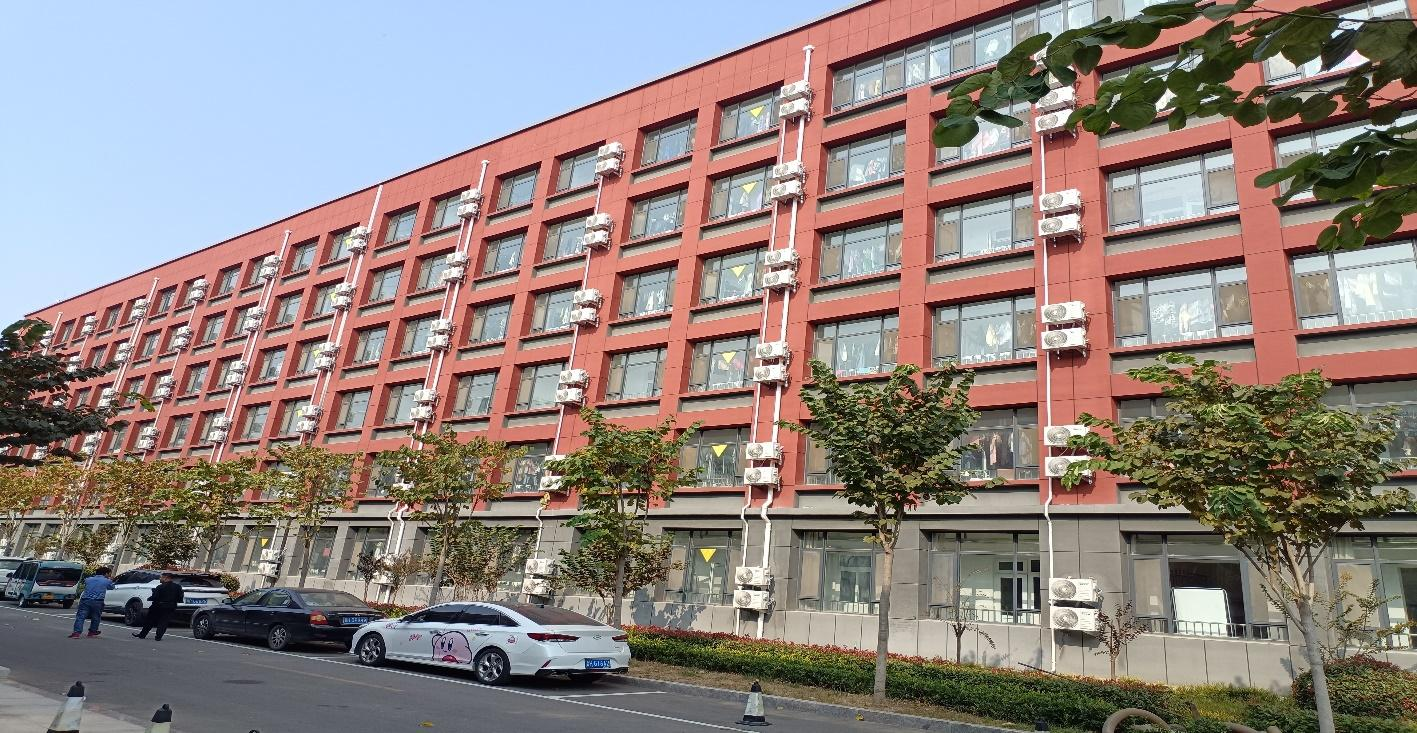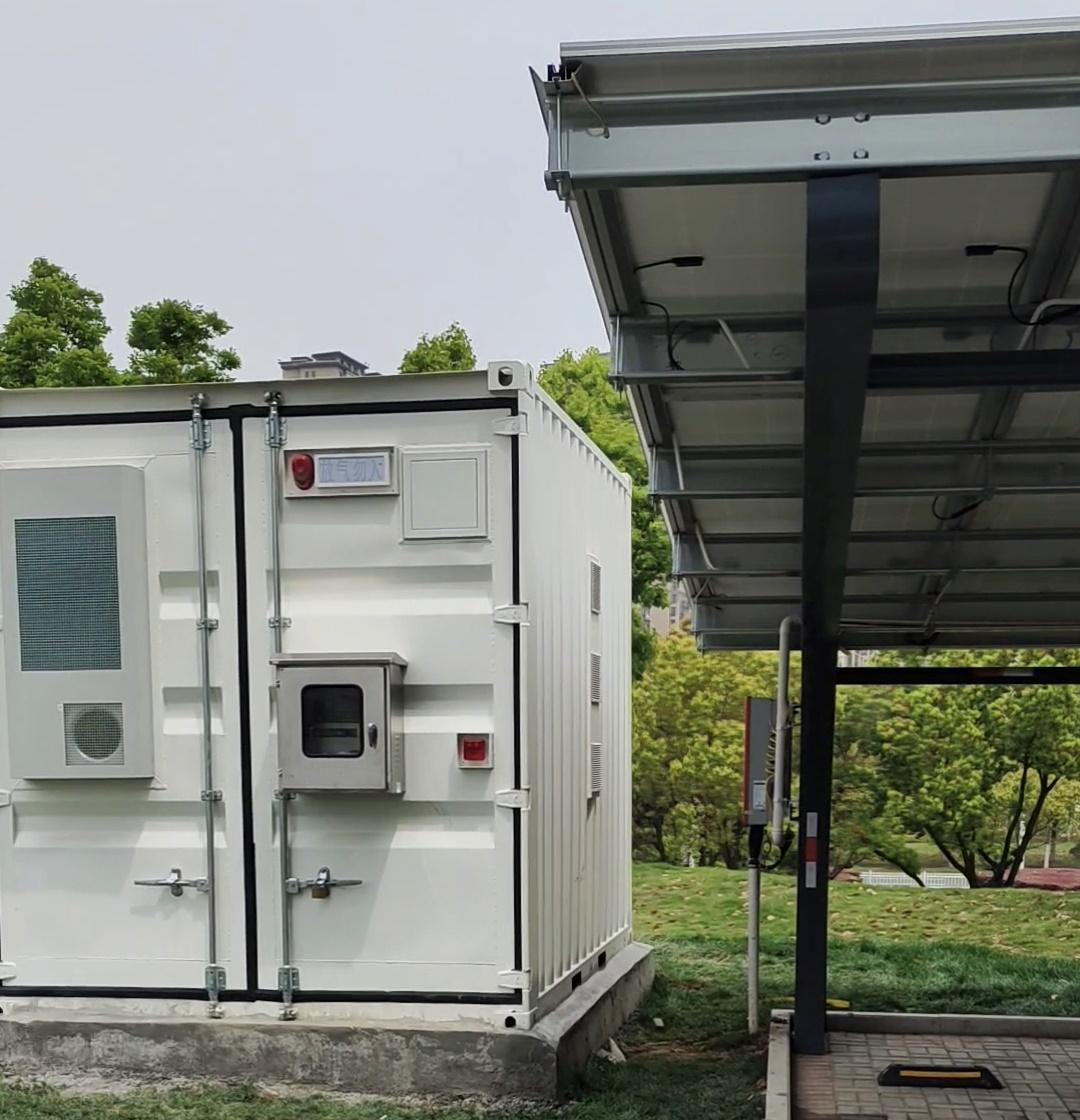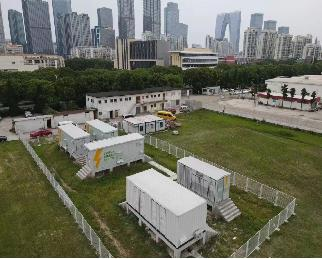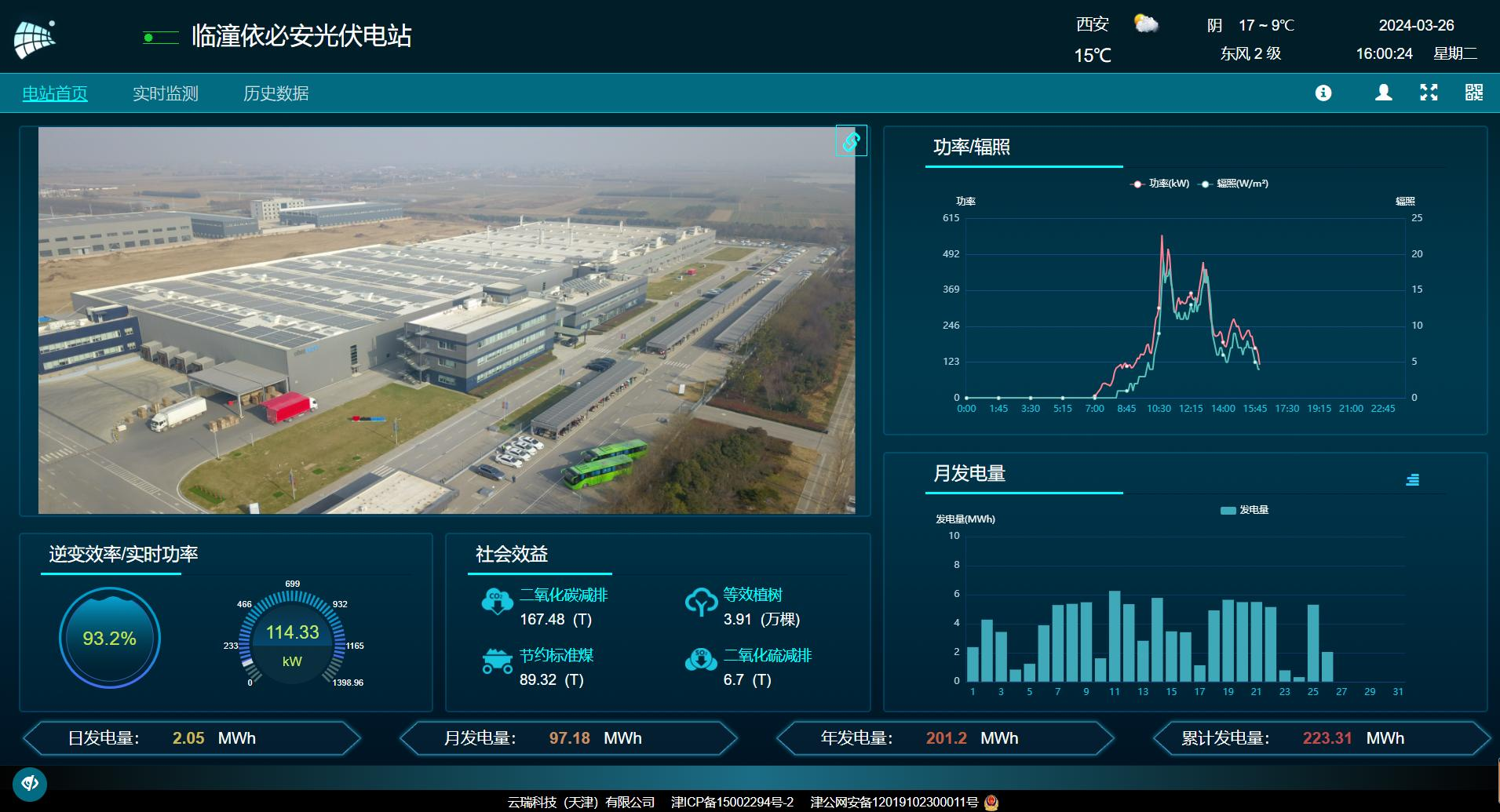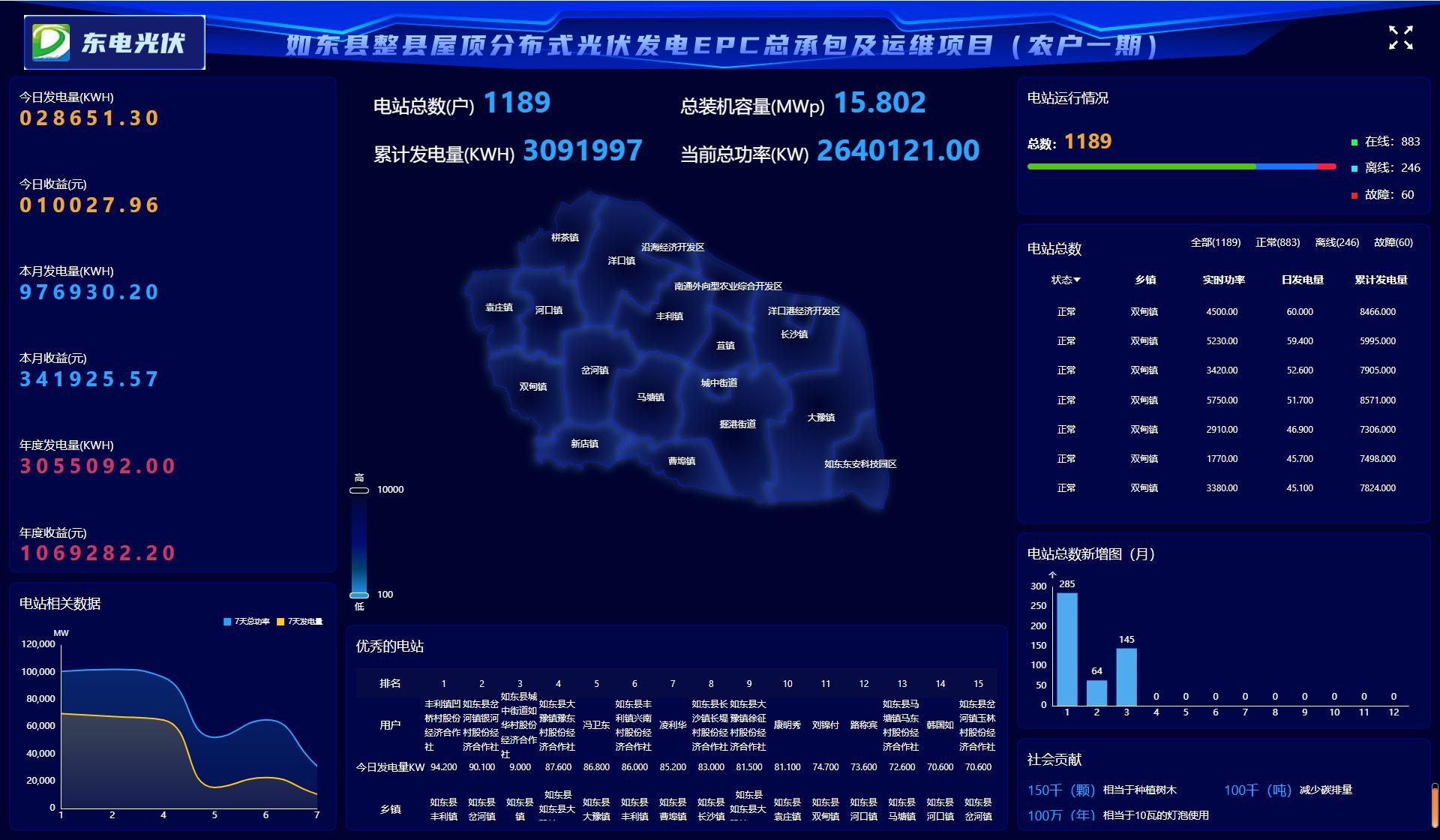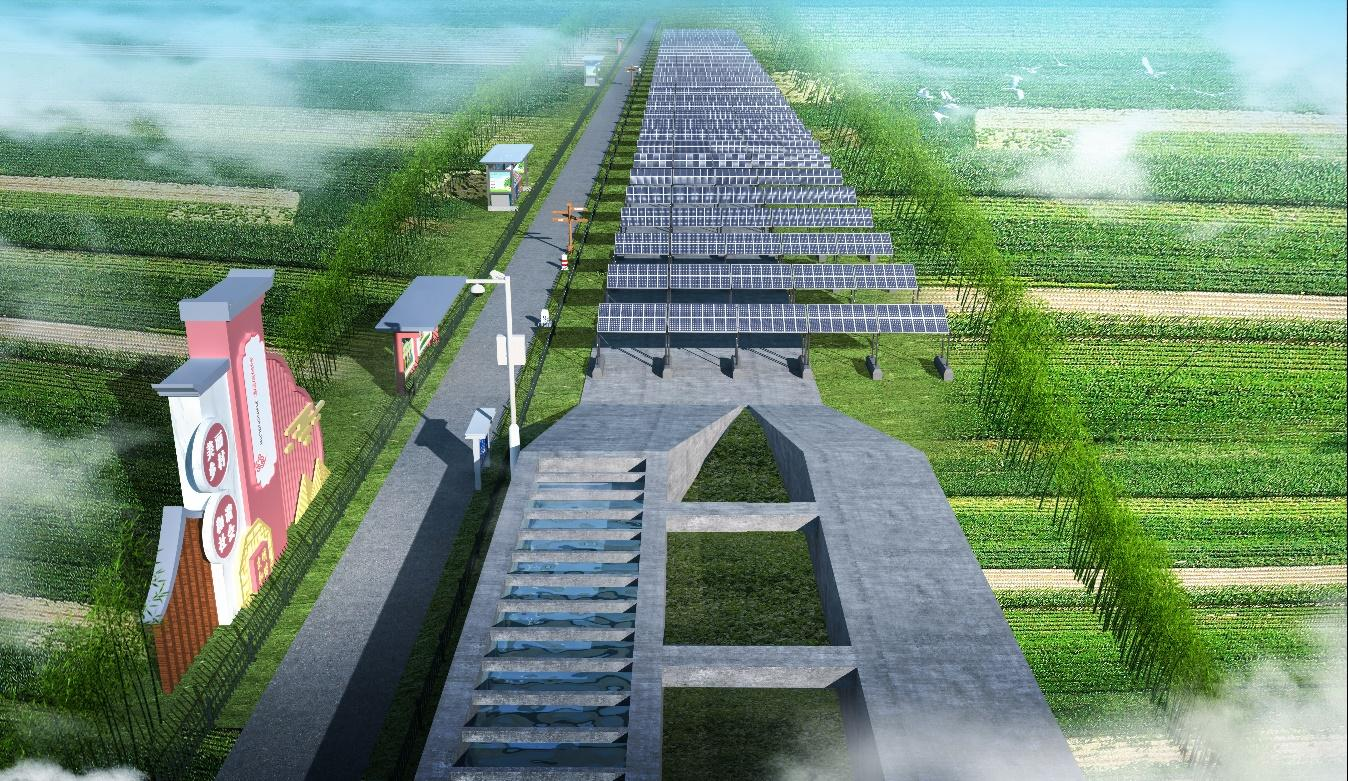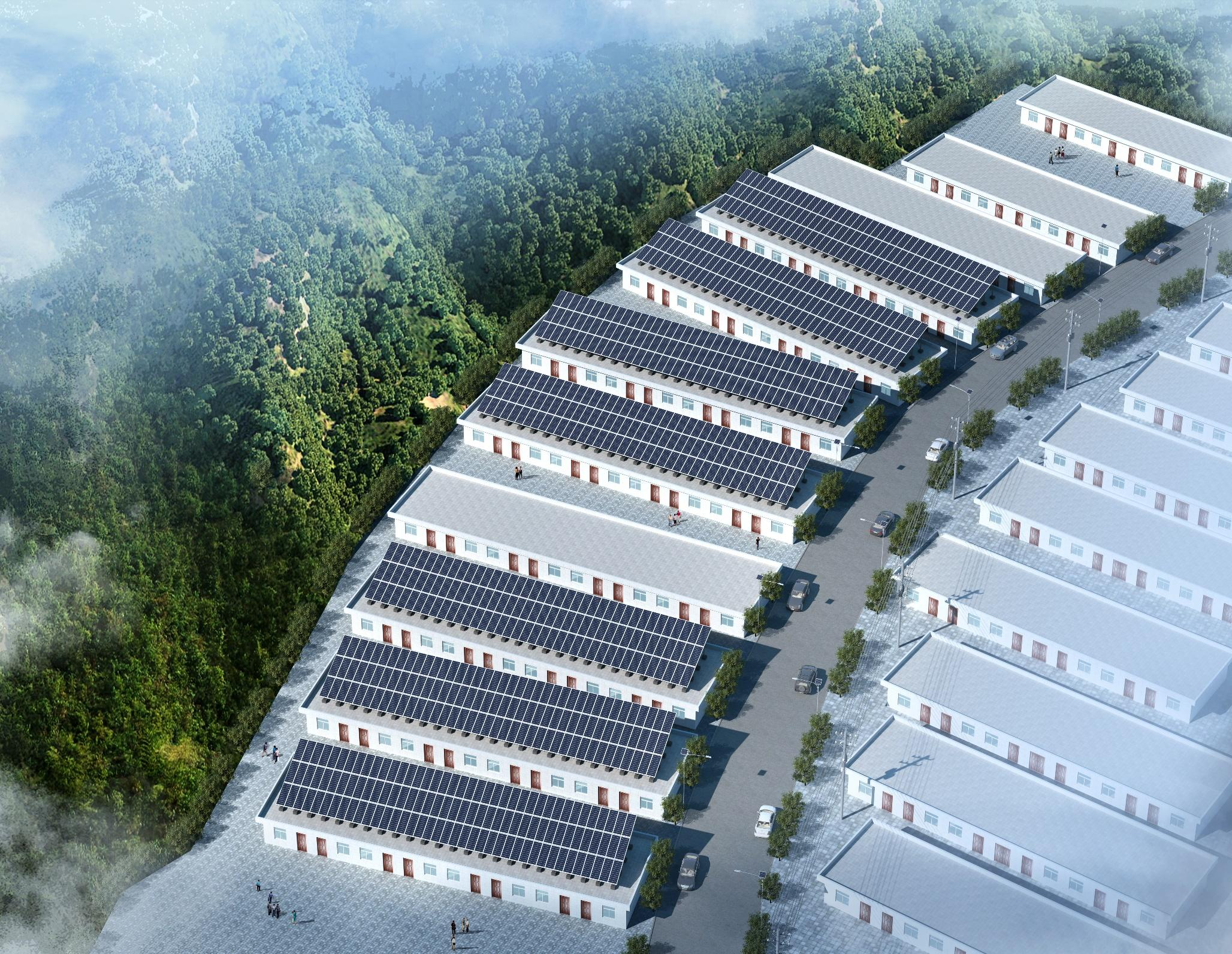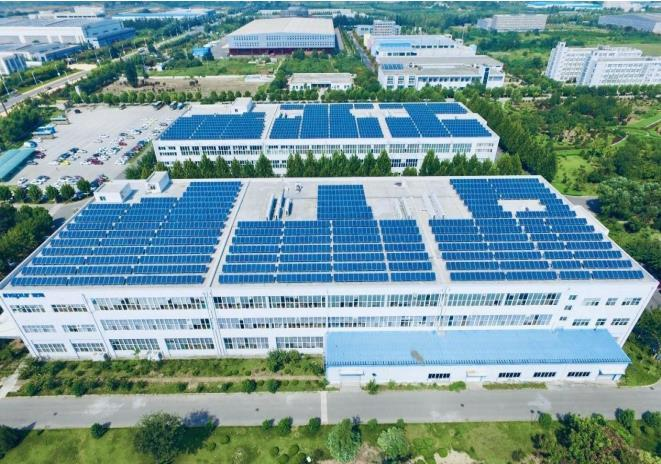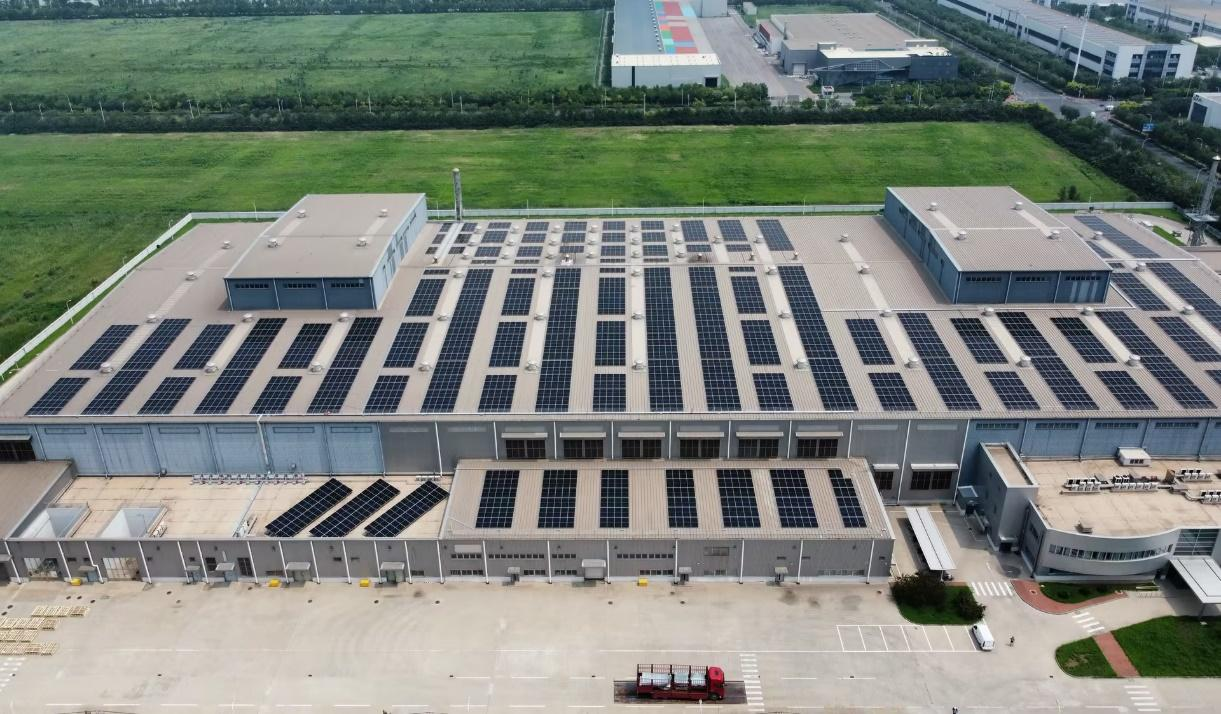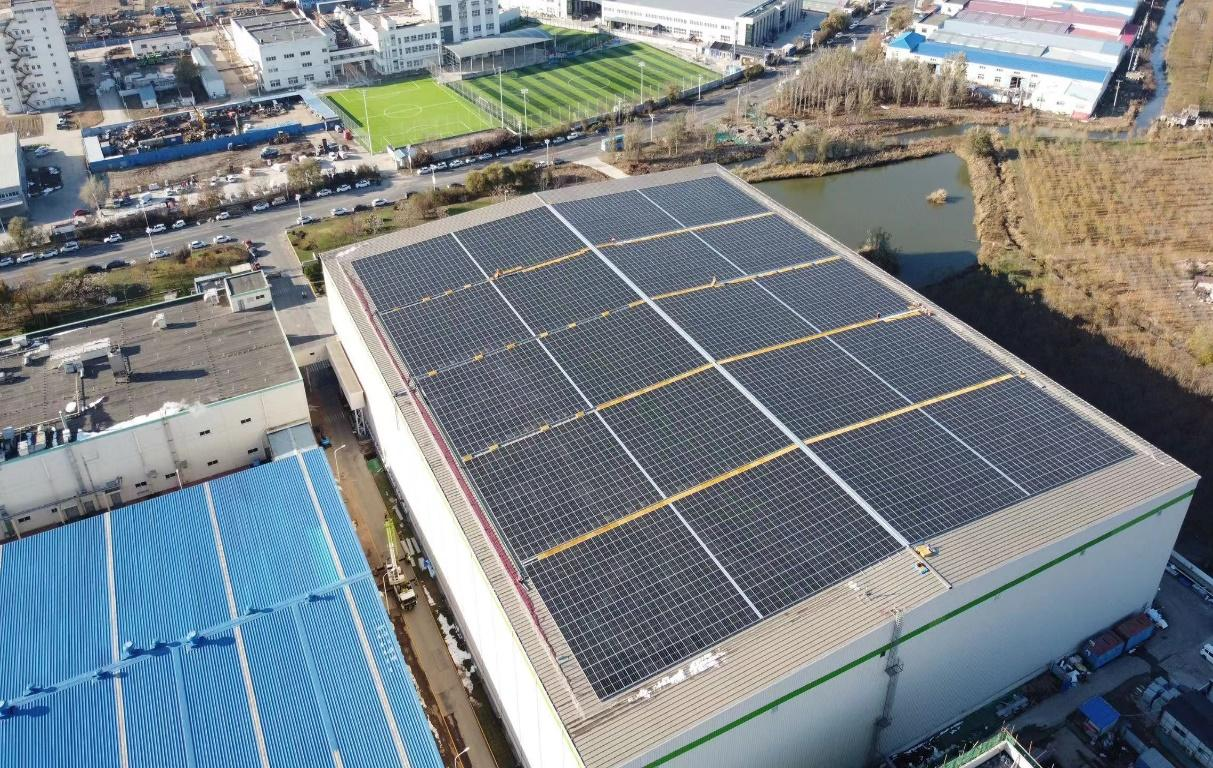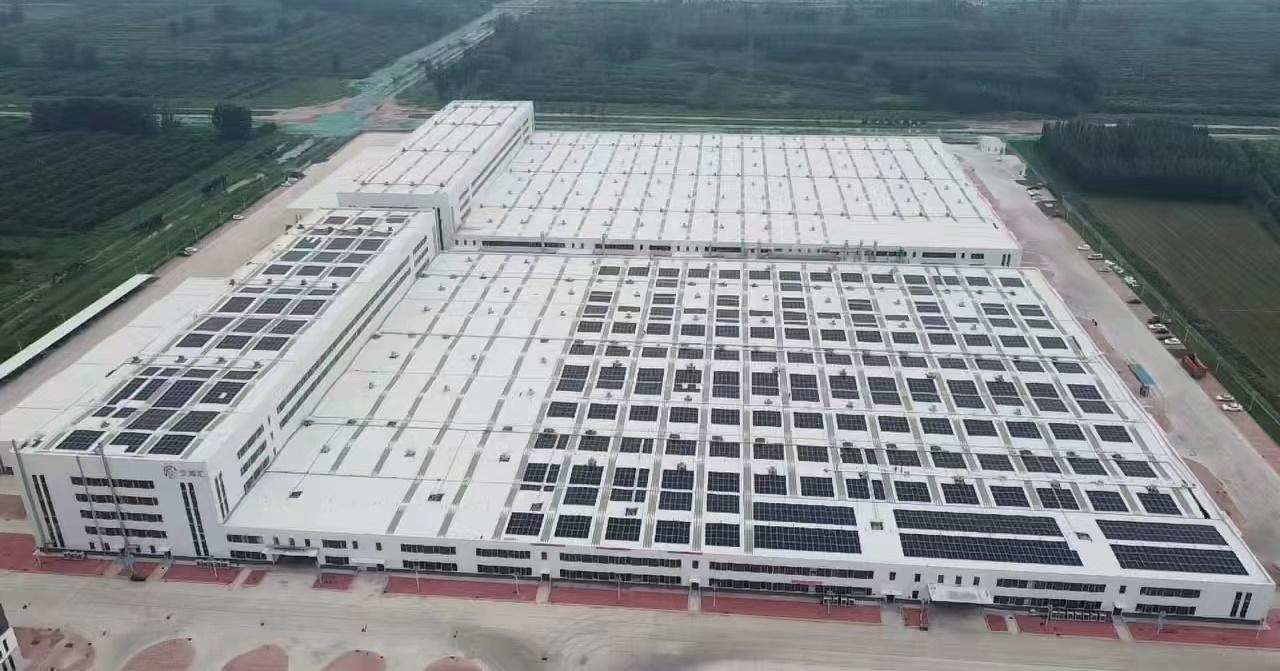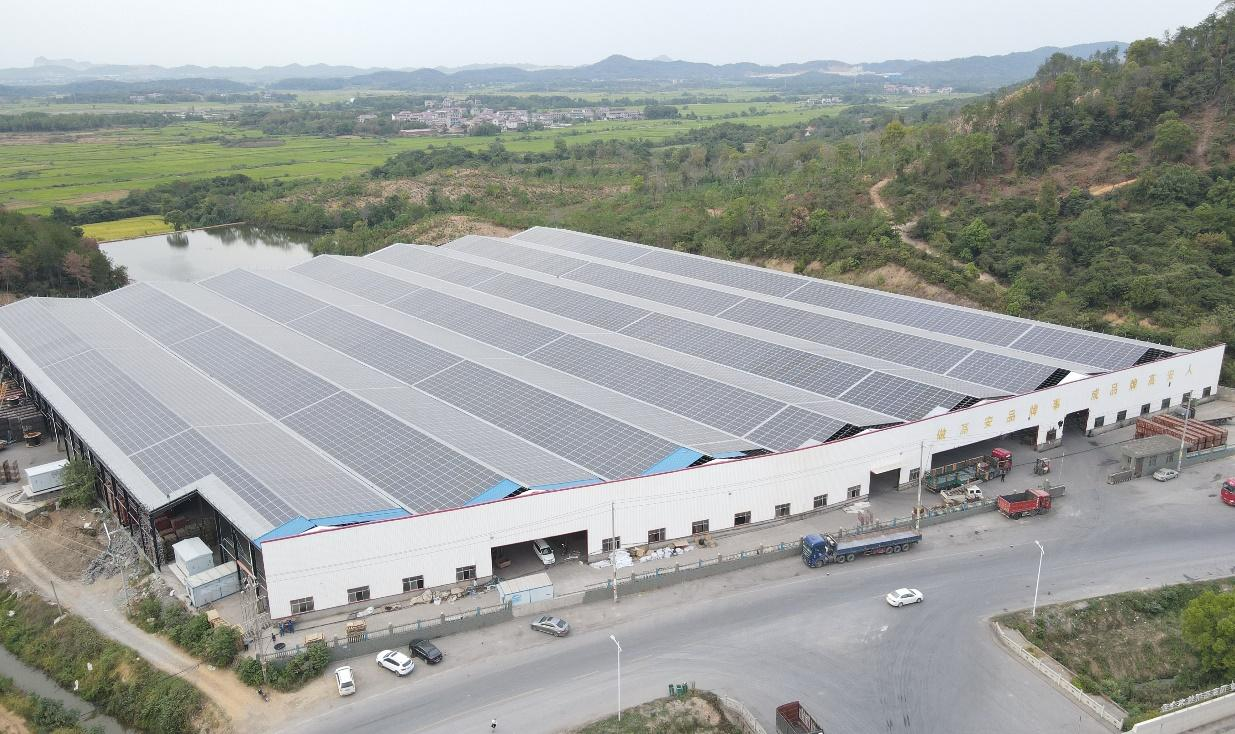Wedoany.com Report-Nov 12, Singapore could import large quantities of low-cost solar power from neighbouring countries using undersea cables, with the indicative cost being competitive with gas generation. Unlimited world-class pumped hydro energy storage is available in neighbouring countries in the range 50-5000 GWh to support very large scale transmission.
Singapore is a city-state with large economic activity, large energy use and large population density (8,000 people per km2). Only about 10% of Singapore’s energy needs could be met by local solar. There is no wind or hydro potential, and opportunities for offshore solar are limited by neighboring territorial waters and the need to preserve shipping lanes.
Presently, Singapore relies upon imported fossil fuels. In the future, Singapore could procure large amounts of solar energy from nearby nations, including Indonesia, Malaysia, Thailand and Australia. This solar energy could be transmitted to Singapore through undersea HVDC cables. Wind energy could also be imported from Vietnam.
Undersea HVDC cables are expensive and require complex negotiations with neighboring countries. Therefore, it is desirable that cables operate at maximum capacity for most of the time.
This requires the deployment of substantial storage at the generating end of the cable. Storage absorbs excess solar energy during daytime, which can then be transmitted to Singapore at night time. Excellent pumped hydro energy storage (PHES) sites are vastly available in Southeast Asia, as well as batteries.
PHES is far cheaper than batteries for storage of energy ($/GWh)) for overnight and longer periods, and provides more than 90% of today’s global energy storage for the electricity industry. However, batteries are cheaper for storage power ($/GW). A hybrid PHES + battery solution is usually superior to either alone since it takes advantage of the lower cost of battery storage power and the very low cost of PHES energy storage.
Solar cable options
Transmission of several GW of solar power to Singapore from nearby Indonesian islands by undersea cable is proposed. This cable requires substantial battery storage to increase the capacity factor of the cable.
The Sumatra and Sarawak (a Malaysian state in Borneo) options entail cables that look quite like existing cables. However, SunCable from Australia is ambitious for both length and depth. SunCable accesses better sunshine, although HVDC cable resistive losses reduce this advantage.
Good PHES is not available to SunCable in Australia. Sumatra has excellent PHES options in the west of the island, within 400 km of Singapore, in the size range of 50-5000 GWh. For perspective, 5000 GWh is equivalent to the effective storage in 100 million electric vehicle batteries. About three such systems would be sufficient storage to support an affluent and fully electrified and decarbonized Indonesia.
Sarawak has world-class PHES potential that could operate between two existing reservoirs, Bakun and Murum, with a potential storage capacity of 4,000 GWh. This is far larger than the needs of a fully decarbonized Singapore and Malaysia. The water conveyance between the two reservoirs would comprise a 12 km long aqueduct and a 3 km long pressure tunnel, with a head of 300 m. The two reservoirs could accommodate more than 100 GW of floating solar.
Solar power
For a solar power system in Sarawak or Sumatra, with a solar capacity factor (CF) of 15%, about 7 GW of solar capacity is required to deliver 1 GW continuously (24/7) via a cable to Singapore: 8760 GWh (nearly 9 TWh) per year.
After accounting for a PV system performance ratio of 80%, and 1 GW of solar power flowing continuously through the cable during day time, storage power of 4.6 GW is required to absorb solar panel output from a 7 GW PV system when the sun is shining.
Tracking solar could be deployed to yield larger daily energy output per unit of peak solar power. Another option is to over-build the solar farm (for example, 10 GW rather than 7 GW). The low wholesale price of solar panels makes this option economically feasible.
Energy storage
Energy storage of at least 16 GWh is needed to deliver 1 GW to the cable throughout the night. However, substantial additional storage is needed to ride through cloudy periods of several days.
Class AA and AAA PHES systems are available in both Sumatra (50-5000 GWh) and Sarawak (Bakun-Murum, 4000 GWh) at a capital cost of around $5 billion for 3 GW of storage power plus 150 GWh of energy storage (ANU PHES cost model updated to 2024 prices). This is far below the cost of equivalent batteries.
The marginal capital cost of additional PHES energy storage is about $6 million per GWh in Sumatra, which is extremely cheap compared with batteries. This low cost is because increasing energy storage merely entails scooping more rock from the bed of the reservoirs to make the reservoir walls a few meters higher. In contrast, more battery storage entails the use of more electrochemicals. In Sarawak, the marginal cost is essentially zero because of the enormous size of the existing Bakun-Murum system.
Thus, it is favorable to build sufficient storage in Sumatra or Sarawak to ensure that the cable to Singapore operates at full load almost continuously. In contrast, SunCable must rely on batteries.
10 GW solar in Sumatra
Consider a 10 GW, high-density solar farm with a capacity factor of 15% (Table 2), located in Sumatra anywhere along the 360 km long transmission cable route shown in red in the Figure. The cable reaches excellent PHES sites in Sumatra, and the route intersects existing high-power north-south transmission lines, which would be a good location for the solar farm.
The cable continuously (24/7) transmits 1 GW of solar power to Singapore (9 TWh per year). Surplus solar energy (4 TWh per year) is provided to Sumatra’s transmission system. Sharing of system output between Singapore and Indonesia is strongly preferred because of cost savings on both sides.
The solar farm costs about US$10 billion according to Australia’s GenCost model. It is matched with a Class AAA, 3 GW, 150 GWh, PHES system. Singapore and Indonesia share energy storage equally and are allocated PHES generation power of 1 and 2 GW, respectively. Indonesia provides land in return for its share of solar energy, energy storage, storage power and local economic activity.
Total system cost is about US$15 billion excluding transmission to Singapore. Assuming a system economic lifetime of 30 years and a real (inflation-free) discount rate of 5%, this corresponds to US$80/MWh.
The combined cost of solar generation and storage is commercially interesting, especially so when a carbon price is included. Many variations can be explored to optimize such a system.

